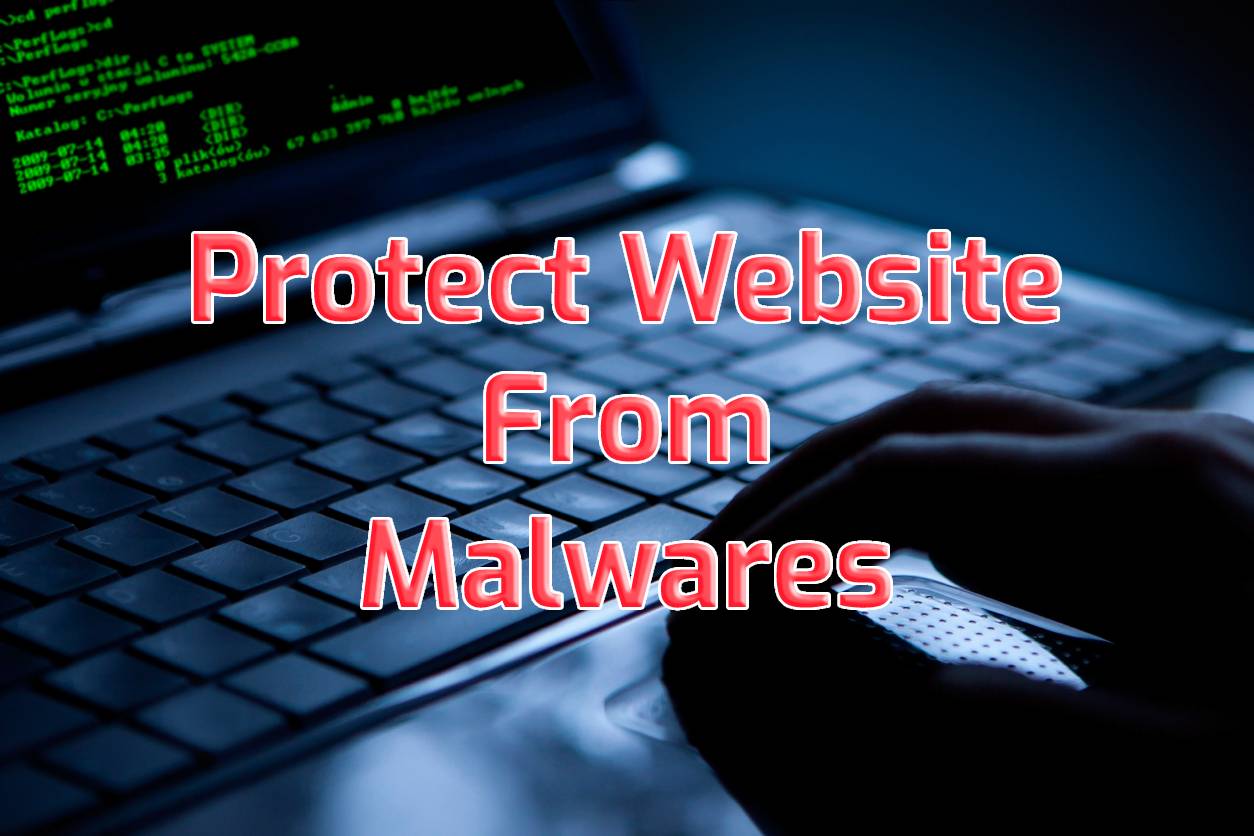How to Protect Your Website from Malware Attacks in 2023
In the ever-evolving world of technology, cybersecurity has become more critical than ever before. As businesses move online, it is essential to protect their websites from malware attacks. Malware attacks are a severe threat to any website as they can damage the website’s functionality, reputation, and security. A malware attack can cause website visitors to lose personal information, passwords, and sensitive data. In this article, we will discuss some measures website owners and you can take to protect your website from malware attacks in 2023.
Steps to Protect Your Website from Malware Attacks in 2023
Keep your software updated
Keeping your website’s software updated is essential to protecting it from malware attacks. Software vendors often release security patches to address known vulnerabilities. By installing these updates, you can reduce the risk of malware exploiting your website. Ensure all software is updated, including the content management system (CMS), plugins, and themes. It is recommended to set up automatic updates for your website software to ensure you are always running the latest version.
Use a strong password policy
Passwords are one of the most critical elements in protecting your website from malware attacks. Ensure that you choose strong passwords that are at least eight characters long and contain a mix of upper and lowercase letters, numbers, and symbols. Avoid using the same password across multiple accounts. Use a password manager to generate strong, unique passwords for each account and change them regularly.
Use SSL certificates
SSL certificates encrypt the communication between the website and the user’s browser, protecting sensitive information. SSL certificates are essential to protect your website from malware attacks. Google has stated that SSL certificates are a ranking factor in their search algorithm, so using SSL certificates can also improve your website’s search engine optimization (SEO) performance. Most web hosting providers offer free SSL certificates, so take advantage of this.
Use a web application firewall (WAF).
A web application firewall (WAF) filters out malicious traffic before it reaches your website. A WAF can protect your website from malware attacks, SQL injection attacks, cross-site scripting (XSS) attacks, and other threats. A WAF is essential for websites built on popular content management systems such as WordPress and Joomla, which are frequently targeted by hackers. Most web hosting providers offer WAF as part of their hosting packages, so ensure you take advantage.
Backup your website regularly
Backing up your website regularly is essential to protecting it from malware attacks. In the event of a malware attack, you can restore your website to a previous version and reduce the impact of the attack. Ensure that you store backups offsite to make sure that they are not affected by the same attack that affects your website. It is recommended to create a backup schedule and test your backups regularly to ensure they work correctly.
Use a reputable web hosting provider
The web hosting provider you choose can have a significant impact on your website’s security. Ensure that you choose a reputable web server provider that offers security features such as SSL certificates, WAF, and malware scanning. A reputable web hosting provider will also protect their servers from malware attacks. Ensure that you do your research before signing up with a web server provider and pick one with a positive security reputation.
Use malware scanning software
Malware detection software detects and removes malware from your website. Malware scanning software is essential to protecting your website from malware attacks. Most web hosting providers offer malware protection software as part of their hosting packages, so ensure you take advantage. It is recommended that you scan your website regularly to ensure malware-free operation.
Educate yourself and your staff
One of the most critical aspects of protecting your website from malware attacks is education. Ensure that everyone who has access to your website understands the importance of cybersecurity and knows how to identify potential threats. Educate your staff on best practices for password security, phishing attacks, and social engineering tactics. Conduct regular training sessions to ensure everyone is up to date with cybersecurity practices.
Implement two-factor authentication (2FA).
Two-factor authentication (2FA) adds security to your website’s login process. With 2FA, users must provide two forms of authentication to access their accounts, such as a password and a verification code sent to their phone. Implementing 2FA can reduce the risk of unauthorized access to your website, even if a password is compromised.
Monitor your website’s activity
Monitoring your website’s activity can help you detect malware attacks early. Regularly review your website’s logs and activity to identify unusual activity. This can include changes to files, changes to user accounts, or a high number of failed login attempts. Implementing a monitoring solution can help you detect potential threats in real-time and respond quickly to mitigate malware attack risk.
Conclusion
Protecting your website from malware attacks is critical to ensuring your online presence’s security and integrity. By following the measures discussed in this article, you can significantly reduce the risk of your website being compromised by malware. Keep your software updated, use a strong password policy, use SSL certificates, implement a web application firewall (WAF), backup your website regularly, select a reputable web hosting provider, download malware scanning software, educate yourself and your staff, implement two-factor authentication (2FA), and monitor your website’s activity. By taking a proactive approach to website security, you can minimize the risk of a malware attack. This will ensure that your website remains secure and available to your users.
Here are some tools which you can use for How to Protect Your Website from Malware Attacks in 2023:
- Safe URL checker
- Whois Lookup
- DNS Lookup
- SSL Lookup
- SQL formatter/beautifier
- URL parser
- User agent parser
- Password generator
- Signature generator
- SHA-512 generator
Check more tools here.

